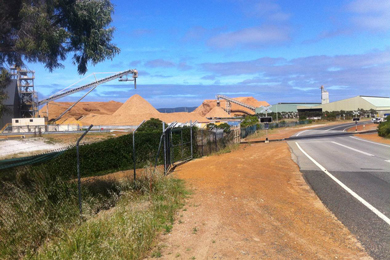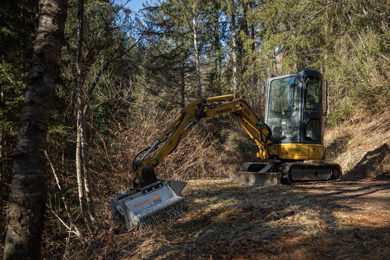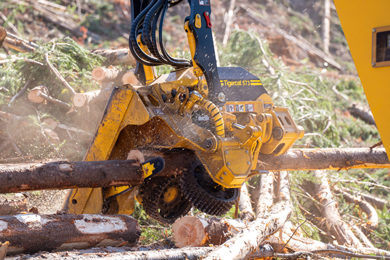Global trade of wood chips has seen spectacular development the past 15 years with a steady increase of about four percent annually (volumes year-over-year were up 11 of the past 14 years), according to the Wood Resource Quarterly (WRQ). In 2016, an estimated 35.6 million tons were shipped, predominantly to pulp mills in China and Japan, which can be compared to only 21 million tons 15 years ago. While trade of hardwood chips reached a record high in 2016, shipments of softwood chips have levelled out the past few years with 2016 volumes being slightly lower than the ten-year average.
Japan and China are by far the two dominant consumers of globally traded wood chips. Their dominance is particularly accentuated for hardwood chips, where they imported 84 percent of the world’s total imports in 2016, up from 75 percent in 2007. China has surpassed Japan as the largest importer of chips in the world, and with expansion of pulp capacity on the horizon in China, it is likely that the country will be the number one destination for wood chips for many years to come.
The major sources of hardwood chips for the two dominant importers include (in ranking order in the 4Q/16); Vietnam, Australia, Chile and South Africa. The biggest change on the supply side the past three years has been the sharp increases in hardwood chip shipments from Australia, South Africa, Brazil and Chile, while exports have fallen from Indonesia, Uruguay and Thailand.
About 30% of global chip trade occurs outside of the Pacific Rim with Finland, Sweden and Turkey being the major destinations. The Finnish forest industry has long been reliant on both logs and wood chips from neighbouring Russia and the Baltic States. In 2016, Finland imported almost 1.7 million tons of chips to its country’s pulp industry, of which a majority was softwood chips from Russia. Current import volumes are down about 25% from five years ago, partly because of increased availability of domestic chips and higher usage of pulplogs.
Source: Wood Resources International LLC, www.woodprices.com







